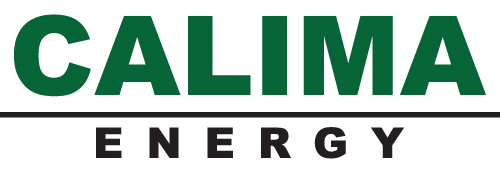Calima Energy Limited (ASX:CE1) (Calima or Company) currently operates more than 60,000 acres of drilling rights (Calima Lands) in British Columbia, Canada. The retrieval and analysis of the downhole pressure gauges from the 2019 winter drilling campaign in Calima 2 and 3 wells will provide our reservoir engineers, McDaniel’s, with further data to help optimize production profiles and EUR’s from the Upper and Middle Montney. This data will also assist in establishing the over-pressured boundaries of the Montney Formation in the area.
 Loading…
Loading…